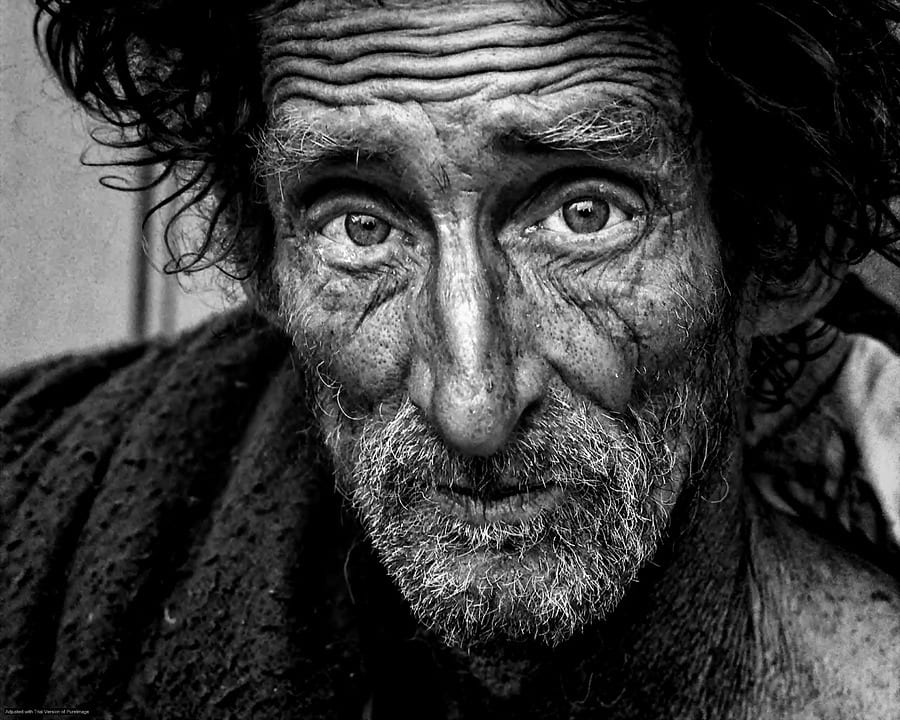
Navigating the Living Paycheck-to-Paycheck Struggle
Sept 21 2023
A recent survey found that nearly three-quarters of Americans live paycheck-to-paycheck with little savings. The Bankrate survey of 1,000 adults revealed that fewer than 25% have emergency funds to cover at least six months of expenses. Shockingly, 50% have less than three months of savings, and 27% have no protection. Bankrate senior analyst Greg McBride expressed disappointment in the lack of emergency funds, noting that savings provide peace of mind during unplanned hardships.
Adding to concerns, savings rates have remained stagnant in recent years despite reported job security and financial improvements. Another study by CashNetUSA found that 22% of respondents had under $100 in savings, and 46% had less than $800. For many, expenses like housing, vehicles, and childcare leave little remaining for savings after paying debts. The prevalence of living paycheck-to-paycheck in America reflects economic vulnerabilities for many.
Living Paycheck-to-Paycheck: The Impact of Insufficient Savings
Various factors contribute to insufficient savings rates among Americans. Stagnant wages have not kept up with rising living costs, leaving less room for savings. The average hourly wage in the U.S. was $27.03 in June 2022, with inflation at 9.1% annually. High housing, healthcare, education, and childcare costs consume larger portions of take-home pay over time. Student loan debt has also ballooned, with over 43 million Americans owing a collective $1.6 trillion.
Living paycheck-to-paycheck is especially common for low-income households. A 2022 GOBankingRates survey found that 71% of people earning under $30,000 live paycheck-to-paycheck. Among those earning $100,000-$150,000, 27% still lacked emergency savings. The high prevalence of low-wage work contributes to economic insecurity, as nearly 25% of American workers earn less than $10 per hour.
Financial shocks like medical bills or car repairs also deplete savings. A 2021 study found that 66% of bankruptcies in the U.S. were tied to medical issues. The average medical debt among indebted Americans is $1,000-$5,000. Without adequate insurance or savings, unforeseen expenses can destabilize finances for those living on the edge. Natural disasters and other unexpected life events only exacerbate existing vulnerabilities.
Impact on Individuals and the Economy
The economic impacts of widespread paycheck-to-paycheck living take both individual and societal tolls. The consequences can be long-lasting for those experiencing an unexpected expense without savings. Medical issues or job loss may force choices between basic needs like housing and nutrition. This can negatively impact physical and mental health.
On a macro level, high household debt loads act as an anchor on broader economic growth. During downturns, increased financial stress compels many to curtail spending further. With less discretionary income circulating, recoveries are slower as consumer demand fails to rebound strongly. Areas with large low-income populations also see suppressed local business activity and tax revenue over time.
Policy reforms to raise incomes, expand access to healthcare/education, and strengthen social programs could help alleviate pressures contributing to widespread paycheck vulnerability—individual efforts to build emergency funds through savings foster resilience against financial shocks. However, as nearly three-quarters of Americans lack sufficient reserves, addressing deep-rooted economic challenges remains crucial to improving security and opportunity for many.
Expanding Access to Savings Programs and Financial Education
Many employers have begun offering programs like 401ks and … … retirement savings plans to help workers build long-term savings. However, only around half of small businesses provide such benefits currently. Expanding tax incentives for small businesses to establish retirement and emergency savings plans could significantly increase access.
Financial education must also be more widely accessible. Only 18 states require high schools to offer personal finance courses, leaving many ill-equipped to manage money independently. Colleges could consider mandatory coursework as well. Public libraries and community centres are well-positioned … … to provide workshops for all ages in budgeting, credit, homebuying, retirement, and more.
Improving Social Insurance and Support Programs
While individual responsibility is essential, solid social programs help prevent those experiencing temporary hardship from slipping into long-term poverty and debt. Expanding unemployment insurance eligibility and benefit durations would stabilize incomes after job losses. Similarly, ensuring comprehensive healthcare coverage prevents medical issues from becoming financial … … calamities. More robust nutrition, housing, and childcare assistance programs also alleviate living costs that strain budgets.
Adequate minimum wage increases indexed to inflation would help lift … … working families’ earnings above federal poverty thresholds. Broader access to paid family leave allows time to care for loved ones without jeopardizing employment or savings. Comprehensive reforms can strengthen economic security for vulnerable groups and empower greater financial resilience at the individual level.
Financial Wisdom: Living Below Your Means and Mortgages
We don’t take pride in being right, but our predictions from as far back as 2005, when we introduced the poverty index, have sadly come to pass. Throughout the years, we’ve consistently advised our subscribers to live below their means by 1-2 standards and to set aside this surplus for strategic investment opportunities. In the worst-case scenario, these funds can be used to reduce debt. It’s essential to remember that when you have a mortgage, you don’t truly own the house; you’re essentially a glorified renter. Until the final payment is made, the bank holds the title.
Breaking down the word “mortgage,” we find that “mort” means “death,” and “gage” signifies a “grip” or “vice.” Therefore, “mortgage” essentially translates to a “death grip,” which, sadly, is the reality for many people regarding their financial situations.
Originally published on January 1, 2016, and continually updated over the years, with the most recent update completed in June 2023.
Articles of Interest:










